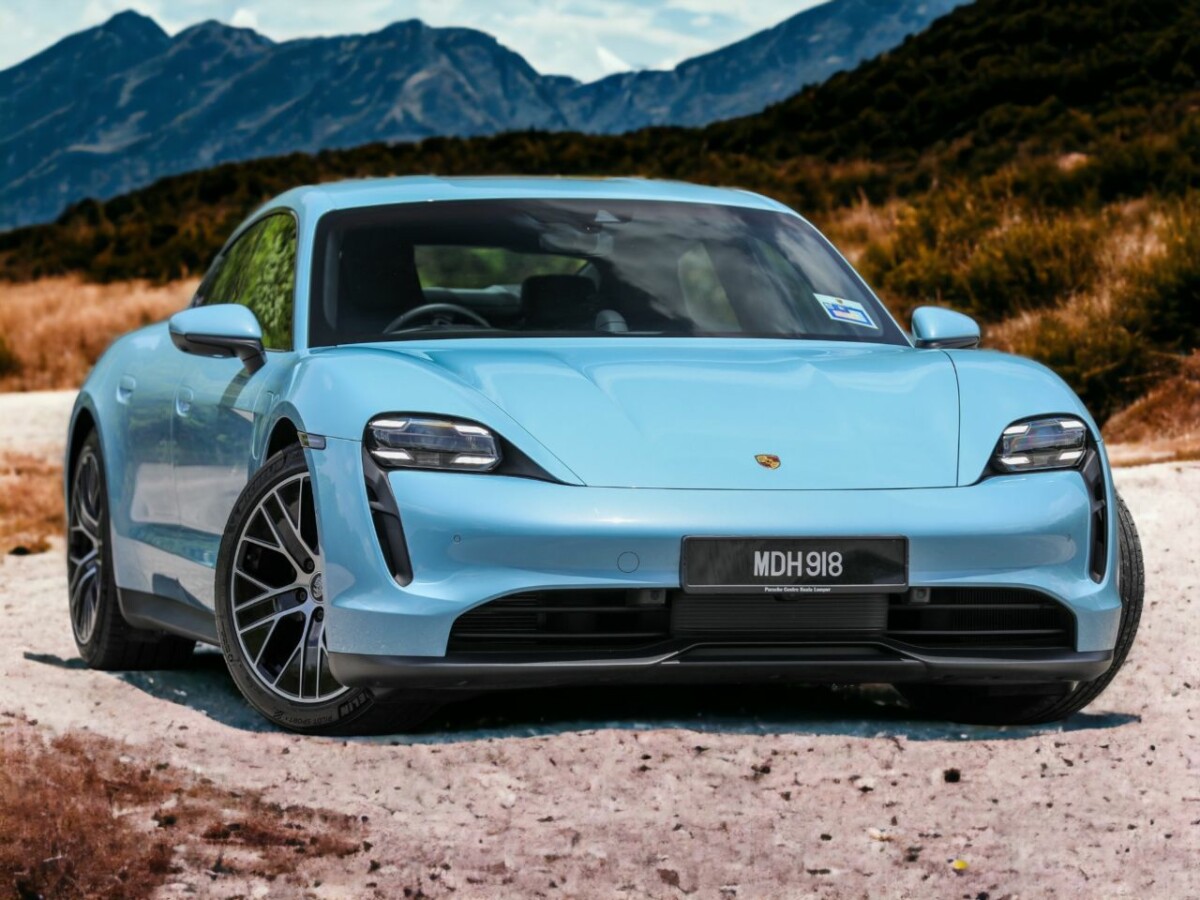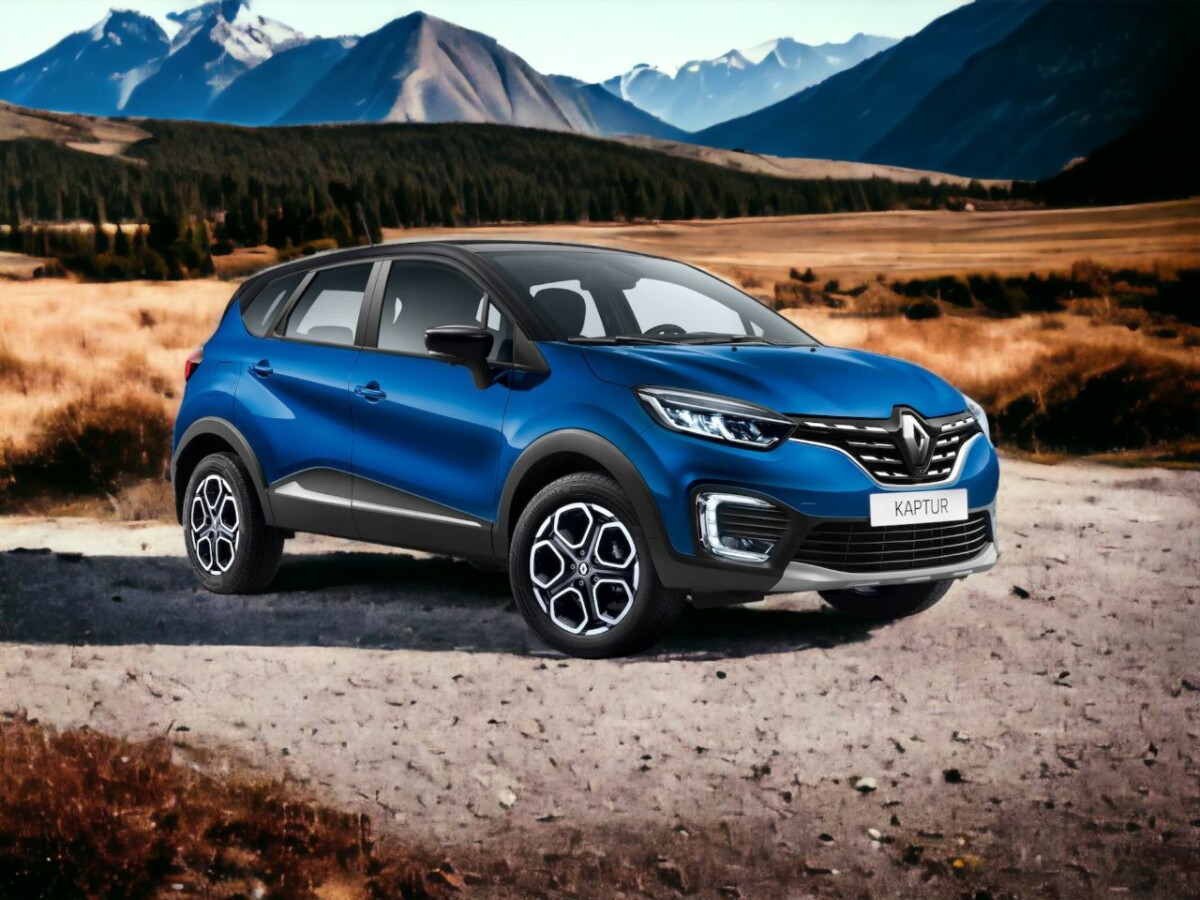So, you’re pretty familiar with all the options at the gas pump, right? But have you ever stopped to consider what you’re actually pumping into your car’s gas tank? Ever found yourself wondering, ‘Hey, is unleaded gas just the same as regular?’ Trust me, it’s not just about how much cash you’re doling out – it’s also a big deal for your engine’s well-being.
So, let’s take a minute to pull back the veil on the fascinating world of gasoline types and why it’s so important to know your fuels. Strap in, and get ready to delve into the intriguing details of what’s really filling up your gas tank.
Is unleaded gas and regular gas the same thing?
Yes, unleaded gas is just another term for regular gas. “Unleaded” simply means that there are no lead additives, which were once common in gasoline.
Let’s crack the code on what ‘regular gas’ means, shall we? To get it, we gotta rewind a bit and dive into the US’s gasoline history. See, back in the day, ‘regular’ meant leaded gasoline. But, this stuff was bad news – so dangerous that they had to ban it in 1996.
Fast forward to today, and ‘regular’ is just another name for unleaded gas. You’ll most likely see it with an octane rating of 87. Wondering what’s up with the octane ratings? Well, it’s all about the fuel’s resistance to ‘knocking’ or ‘pinging’ during combustion. The higher the number, the greater the resistance.
Leaded gasoline, despite its scary environmental and health impacts, was the norm once, but that’s all ancient history now. Unleaded or ‘regular’ gas is the way to go.
But, heads up, the ethanol content in ‘regular’ can change depending on the brand and where you’re filling up. So, there you have it – the lowdown on ‘regular’ gas.
The Transition From Leaded to Unleaded Gasoline

So, you might be curious about how we switched from leaded to unleaded gasoline, right? This wasn’t just a random change. It was seriously fueled by worries about our health and the state of our planet. And get this, it didn’t happen overnight. This was a slow burn, something that took years, even decades to fully transition.
In the groovy 70s, scientists started raising red flags about how bad lead was for our health. This sparked the government to step up and say, ‘Hey, we need to start using unleaded fuel.’
Fast forward to the 1980s, and most cars were now being built to run on this new, cleaner, unleaded gas.
Then, in the mid-90s, specifically 1996, Uncle Sam put his foot down and banned the sale of leaded gasoline altogether. Quite a journey, right?
This major shift didn’t just cut down our exposure to lead, but it also paved the way for new tech in cars, like catalytic converters. These bad boys are key for keeping harmful emissions in check. It’s a pretty solid example of how a change in policy can kickstart technological advancement for the better.
The Ban of Leaded Gas in the U.S. and Globally

So, you’ve been brushing up on the switch to unleaded gas, right?
Now, let’s get down to the nitty-gritty and discuss how and why leaded gas got the boot, not just in the U.S., but all over the world.
Back in ’96, the U.S. put its foot down and said ‘no more’ to leaded gasoline for road use. Why, you ask? Simply put, it was an environmental nightmare.
Lead’s a nasty pollutant that doesn’t play nice with our air, soil, or water, and it’s got a terrible habit of messing up ecosystems. But Mother Nature wasn’t the only one taking a hit; our health was in the line of fire too. Long-term exposure to this stuff? Not good, my friend. It’s got the potential to wreak havoc on nearly every body system out there, but it’s particularly nasty when it targets the nervous system.
It didn’t take long for the rest of the world to follow the U.S.’s lead (no pun intended). Most countries said ‘thanks, but no thanks’ to leaded gas for cars, and outlawed its use. Going unleaded wasn’t just a random choice – it was a pivotal move towards a healthier planet and healthier people. Pretty cool, right?
Regular’ Gas Now Referring to 87 Octane Unleaded Gas

So let’s break it down a bit, shall we? When we’re chatting about ‘regular’ gas, we’re really talking about 87 octane unleaded gas. You might be thinking, ‘Why does this even matter?’ Well, here’s the lowdown:
- The Ethanol Effect: Most of the time, your basic gas is gonna have about 10% ethanol in it. While that mightn’t seem like a big deal, it can actually mess with your engine’s performance and lifespan over the long haul.
- Advantages of Going Unleaded: Unleaded gas, particularly the 87 octane variety, is a better choice for your engine and Mother Earth. It helps keep carbon buildup in check and reduces the amount of toxic stuff we’re pumping into the air.
- Knowing What Your Ride Needs: Understanding what kind of fuel your car needs is key in avoiding engine damage and saving some of your hard-earned cash.
At the end of the day, ‘regular’ gas is essentially the less harmful, more eco-friendly 87 octane unleaded fuel.
Similarities Between ‘Regular’ and ‘Unleaded’ Gas

Even though they’ve different names, your car’s engine wouldn’t be able to tell if you’re filling it up with ‘regular’ or ‘unleaded’ gas – they’re pretty much the same thing. Just like that celebrity couple that looks like twins, these two are both lead-free, which means they’re not only kinder to your engine, but they also produce fewer emissions. Plus, they both have to pass the same environmental tests – strict, no-nonsense standards that ensure our planet doesn’t take a harder hit than necessary.
As far as your ride’s performance goes, it’s pretty much a toss-up whether you pick regular or unleaded gas. But there’s a catch – and it’s all about the ethanol content. You see, just about all gasoline has up to a 10% shot of ethanol, but some might’ve more. And that’s where things can get a bit tricky.
Ethanol’s a bit of a clean freak, burning cleaner than gasoline, but it’s also a bit of a lightweight, packing less energy. That might put a dent in your fuel efficiency. So, while ‘regular’ and ‘unleaded’ might seem like two peas in a pod, the ethanol content is the game-changer you need to keep an eye on.
Ethanol Content Variations in ‘Regular’ and ‘Unleaded’ Gas

Just a heads up, the ethanol content in your ‘regular’ and ‘unleaded’ gas isn’t always the same.
Why should you care? Well, because it can totally mess with your ride’s performance.
So, getting a grip on this whole ethanol thing is pretty important. Plus, it’s not even a one-size-fits-all situation.
The ethanol content can change depending on where you’re or what brand of gas you’re using.
It’s a bit of a mind-boggle, isn’t it?
Ethanol Impact on Performance
You may have noticed that the ethanol content tends to switch up a bit between ‘regular’ and ‘unleaded’ gas, and this can actually make a difference in how your car performs. Let’s break it down:
- Ethanol Efficiency: So check this out – fuels mixed with ethanol often pack less energy per gallon, which can mean your car’s fuel efficiency takes a hit. In layman’s terms, you might find yourself at the gas station more often than if you were using pure gasoline.
- Environmental Impact: Now, ethanol is a renewable resource, which is a definite plus for Mother Earth since it helps in cutting down greenhouse gas emissions. But it’s not all rainbows and sunshine – the process of making ethanol can also leave its own environmental footprint.
- Engine Performance: This is important – high ethanol content could spell trouble for some engines, especially the older ones which weren’t really built to handle it. So it’s always a good idea to check out your vehicle’s manufacturer recommendations.
In the end, it all boils down to being aware of the ethanol content in your gas. This knowledge can guide your decisions about your car’s performance and its impact on the environment. And hey, who says you can’t be a car enthusiast and an eco-warrior at the same time?
Regional Ethanol Content Differences
As you hit the road, zigzagging from one region to another, you’ll begin to notice something curious – the ethanol content in your ‘regular’ and ‘unleaded’ gas isn’t always the same. Why the change-up, you ask? Well, it’s all down to regional rules and environmental factors. Certain areas, for instance, might need a higher ethanol content to keep emissions clean and green.
Typically, you’ll find that most gas has up to 10% ethanol. But, if you’re cruising through the corn-rich Midwestern states, you might stumble upon E15 or even E85 gas blends. These bad boys are packing 15% and 85% ethanol respectively.
It’s super important to know what kind of fuel your ride can handle because high ethanol content can do a number on some engines. So, keep your eyes peeled for pump labels, especially when you’re road-tripping through unfamiliar territory.
It’s a small detail, but it can make a world of difference to your car’s performance and longevity. So, stay informed and keep your ride purring along happily!
How choosing the Gas type relates to Car Life and Cost Management

Choosing the right type of gas for your car is not only an essential part of car care but can also be a major player in diminishing maintenance costs in the long run. But did you ever think about what kind of gas gives you the most miles, especially when it comes to hyper efficient cars like the humble Prius? Speaking of the Prius, are you curious about the mileage a Prius can produce? Get a load of that, while we’re discussing unleaded and regular gas, it’s worth knowing what a car like the Prius that’s known for its fuel efficiency can clock up!
Furthermore, economical aspects are not only reflected by the efficiency of fuel consumption or the type of fuel used. The initial cost of the vehicle plays a significant role too. This brings us to the topic of cost-effective vehicles on the market and no other brand pops up in mind other than the South Korean automotive manufacturer, Kia. So, you might be wondering, why do Kias tend to be cheaper than other cars? Well, this question can take you down a rabbit hole of production costs, branding, and market positioning. Dive in to learn more!
Talking about maintenance costs, have you ever noticed that your radiator fan keeps running even when your car is switched off? This might seem strange but is it something you should be concerned about? Or is it normal? To solve this mind-boggling question, here’s an article that can equip you with all the necessary knowledge regarding the behavior of your radiator fan when your car is off. Knowledge is power folks, power that can save you from unnecessary garage costs.

